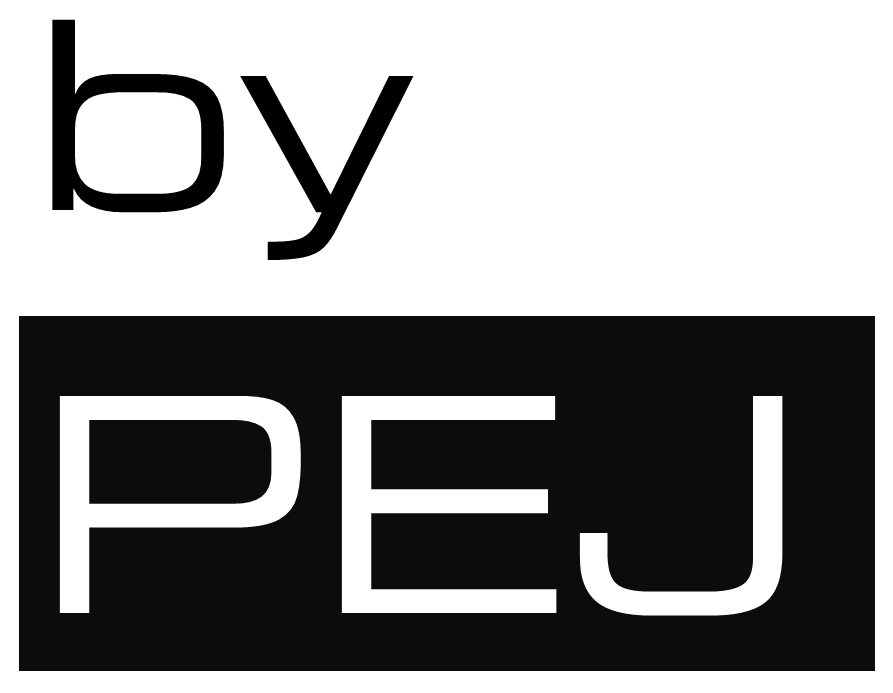Exploring Copenhagen's Nordhavn: A Guided Architecture & Photography Walk
Yesterday, I joined a unique walking tour of Nordhavn, one of Copenhagen’s most ambitious urban development projects. The tour was hosted by Copenhagen Photo Tours, led by an architect and photographer who brought the city’s evolving skyline to life — both historically and through the lens of a camera.
Nordhavn: From Industrial Harbour to Sustainable Urban District
Once a sprawling industrial harbor, Nordhavn is now being transformed into a vibrant and sustainable neighborhood. The architect guiding the tour shared not only the urban planning context and future visions for the area, but also pointed out the specific architectural language of each building we encountered. These included facades with rhythmic geometries, innovative material choices, and environmentally conscious design.
Architectural Eyes and Photographer’s Lens
What made this tour especially inspiring was the dual perspective our guide brought: the technical insight of an architect, and the creative framing of a photographer. She discussed how she approaches photographing buildings — when to include people to scale the space, how light interacts with details, and how to spot visual rhythms and patterns.
This shifted how I look at buildings. A façade isn't just about shape or material — it's about how it breathes, how it changes throughout the day with the sun, and how it meets the street and the people moving through the space.
Capturing the Details
As we moved through Nordhavn, our guide stopped us to appreciate smaller architectural moments: the texture of weathered steel, the play of light and shadow on angled windows, and how plants are integrated into the buildings to soften the hard urban lines.
She explained how she composes shots not just to document, but to tell a story — about context, about how people interact with space, and about how a building "feels."
Living Architecture
Nordhavn isn’t just about glossy new construction. It’s a living lab of architecture that responds to its maritime surroundings, its industrial past, and the people who will shape its future.
Walking through this neighborhood with an architect-photographer gave me a new appreciation for how design and storytelling converge — and how powerful it can be to slow down, observe, and frame the world one building at a time.




